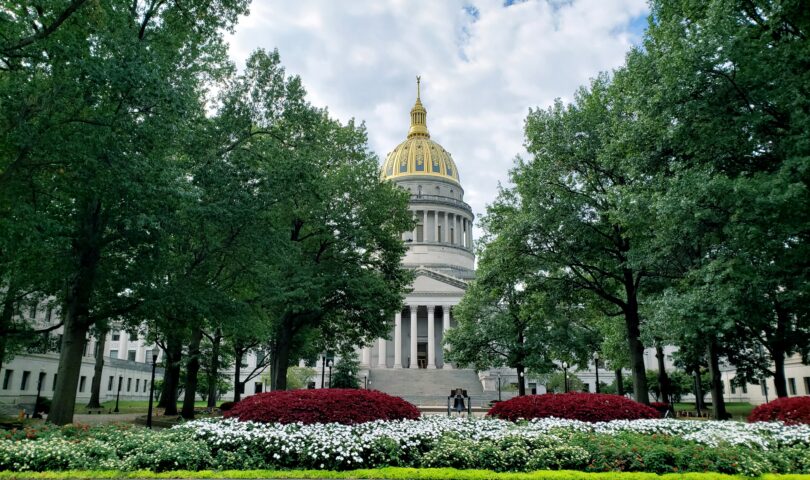MORGANTOWN – Legislative leaders aim to put 1,800 new teaching assistants into first- and second-grade classrooms in the next few years. Leaders also are working with the Higher Education Policy Commission to develop a more stable funding formula for the state’s institutions.
Both items were topics of discussion Friday during a session of the West Virginia Press Association’s Legislative Lookahead for the 2022 session that starts Jan. 12.
Delegate Joe Statler, R-Monongalia, is the new vice chair of the House Education Committee and explained both proposals.
The idea behind putting teaching assistants in the classrooms – in the same way pre-K classes already have them – is to improve the student-adult ratio and give the children more individual attention. The bill to be introduced will require any class with more than 12 students to have an assistant.
“On the whole I believe this legislation will be tremendously productive,” he said. The estimated cost to put assistants into 1,800 classrooms will be about $68 million.
On the one hand, he said, it will create new jobs. On the other hand, it will be a challenge to find qualified people and the state will need to rely on higher education to provide the training. They don’t expect to see fruit of the effort with people in rooms until the 2024-25 school year.
The funding formula is being crafted, he said, to provide more certainty for higher education, so institutions won’t have to wait until the end of a legislative session to know how much they’re getting.
Mirta Martin, Fairmont State University president, representing the West Virginia Council of Presidents, said the formula is still a work in progress and outlined the basic framework along with some of the issues they’re wrestling with.
It will be a performance-based funding formula, she said, with five metrics. Among the five are completion metrics with premiums assigned to numbers of graduates, workforce outcomes and an efficiency metric based on the number of degrees awarded to West Virginia residents relative to the total number of degrees.
Among the problems, she said, is that 30% of the formula is based on growth; but last year, during the pandemic, 17% of students who could have gone to college chose not to, for various reasons such as lack of broadband access and reluctance to be on campus with the virus circulating.
That means there’s no good baseline for measuring future growth, she said. But they are building in safeguards, such as an annual evaluation of the model and a three-year rolling average for each metric to soften the effects of sudden swings.
Another problem is that institutions lose money on dual enrollment – high school students who take college classes – each year but the formula provides no funding for them.
On other topics, Statler mentioned the pay raise for teachers and all state employees that Gov. Jim Justice recently announced and will be taken up early in the session.
West Virginia Education Association Dale Lee said educators need to be brought to the table for discussions of education improvements. The state has federal COVID money to put toward education and they need to explore improvements while those funds are available, choose ones that work and keep them funded once the federal money is gone.
Also, he said, PEIA is projected to remain solvent while Justice is in office, then face deficits. A proposal for a permanent fix has been introduced for several years but hasn’t seen a committee agenda yet.
Sen. Ron Stollings said that while West Virginia has a nationally recognized pre-K program, birth-to-3 programs haven’t been adequately funded for years but are crucial for healthy development of many of the state’s children. Now we have COVID funds. “We have to use that money the best way possible. … That’s the only thing that will down the road save us.”
WVU education professor Erin McHenry-Sorber offered an overview of the teacher shortage research project study she co-authored.
Part of it involved interviews with school principals. She learned that experienced principals have deep ties and strong connections to their communities and are able to tap into those resources to recruit teachers. But new principals and principals overseeing newly consolidated schools don’t have those ties and face more challenges.
“In short, what we found out is place really matters,” she said. Desperate principals with severe staff shortages fill empty classrooms without concern for controversial politics – such as alternative certification programs.
The state needs to provide targeted governorship for principals to maintain community connections, she said, and needs to craft policies that target localities, not one-size-fits-all policies.
To read more about the teacher study, see The Dominion Post Monday.
Tweet David Beard @dbeardtdp Email dbeard@dominionpost.com




